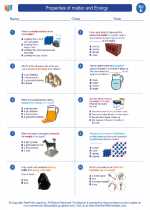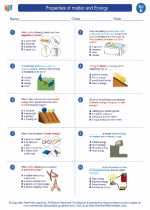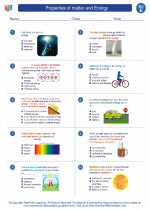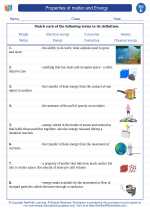Land
Land is the solid surface of the Earth that is not covered by water. It includes various types of terrain such as mountains, valleys, plains, and plateaus. The study of land involves understanding its formation, composition, and various geological processes that shape its features.
Formation of Land
Land is formed through various processes such as tectonic plate movements, volcanic activity, erosion, and deposition. Tectonic plate movements create mountains and valleys, while volcanic activity leads to the formation of new land through lava deposition. Erosion by water, wind, and glaciers also plays a significant role in shaping the land's surface over time.
Composition of Land
The land is composed of various materials such as rocks, soil, minerals, and organic matter. Rocks are made up of different minerals and can be classified into three main types: igneous, sedimentary, and metamorphic. Soil, on the other hand, is a mixture of organic matter, minerals, and other components that support plant growth.
Geological Processes
Several geological processes continuously shape the land, including weathering, erosion, and deposition. Weathering breaks down rocks and minerals into smaller particles, while erosion transports these particles to new locations. Deposition occurs when eroded materials settle in a new area, contributing to the formation of landforms.
Study Guide
- What are the main processes involved in the formation of land?
- Describe the different types of rocks that make up the Earth's land.
- Explain the role of erosion in shaping the land's surface.
- How does volcanic activity contribute to the formation of new land?
- Discuss the importance of soil in supporting plant growth on land.
◂Science Worksheets and Study Guides Fifth Grade. Properties of matter and Energy

 Worksheet/Answer key
Worksheet/Answer key
 Worksheet/Answer key
Worksheet/Answer key
 Worksheet/Answer key
Worksheet/Answer key
 Vocabulary/Answer key
Vocabulary/Answer key
 Vocabulary/Answer key
Vocabulary/Answer key
